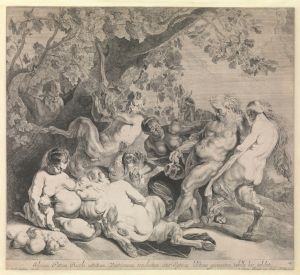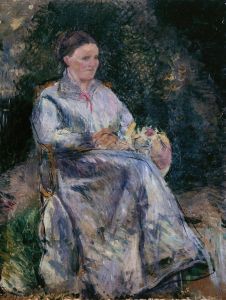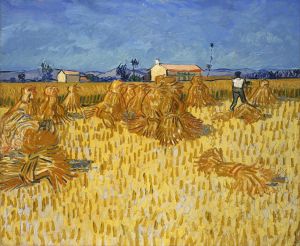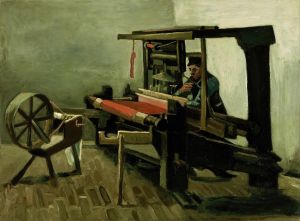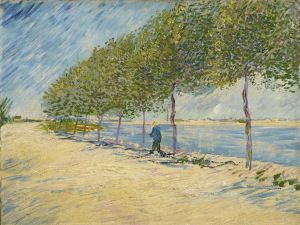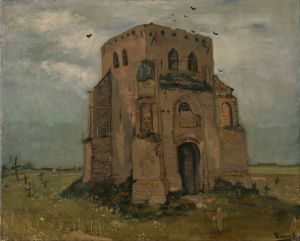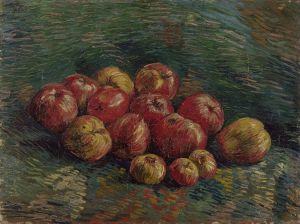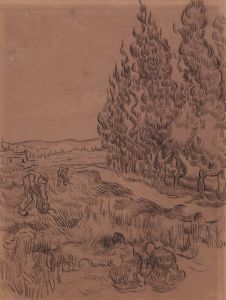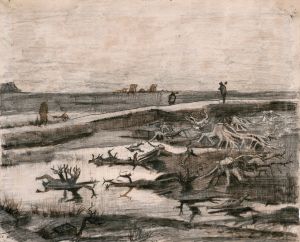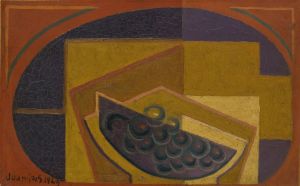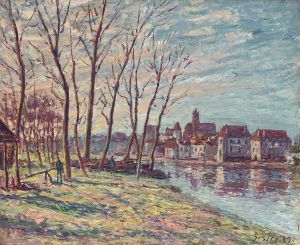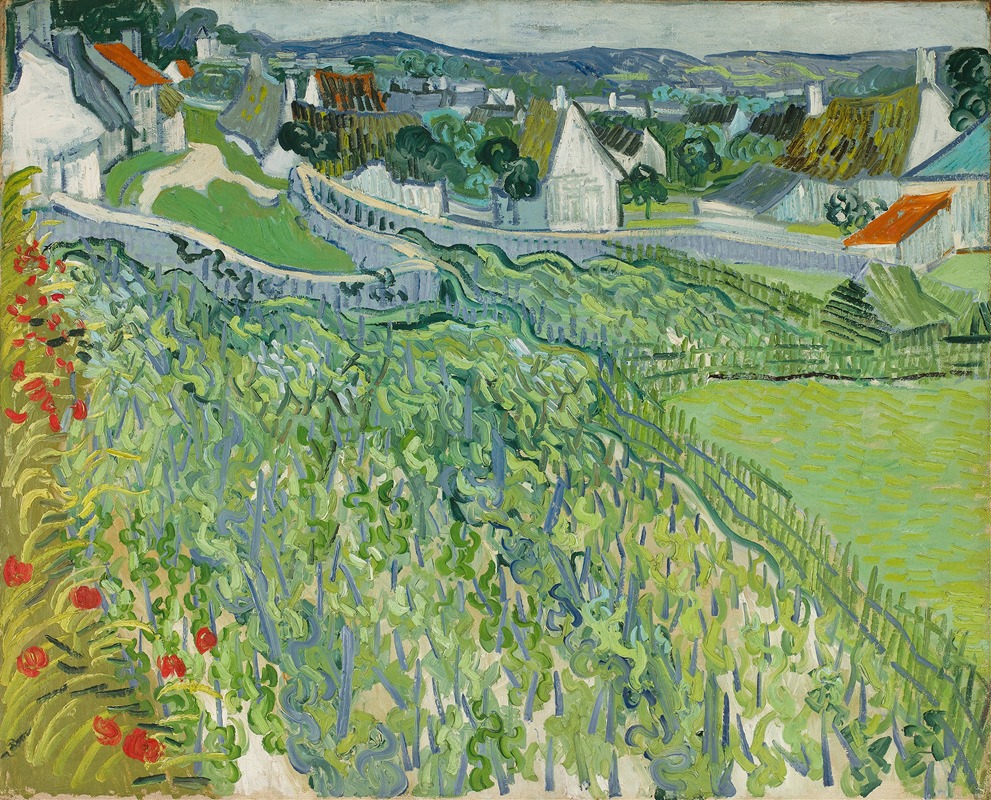
Vineyards at Auvers
A hand-painted replica of Vincent van Gogh’s masterpiece Vineyards at Auvers, meticulously crafted by professional artists to capture the true essence of the original. Each piece is created with museum-quality canvas and rare mineral pigments, carefully painted by experienced artists with delicate brushstrokes and rich, layered colors to perfectly recreate the texture of the original artwork. Unlike machine-printed reproductions, this hand-painted version brings the painting to life, infused with the artist’s emotions and skill in every stroke. Whether for personal collection or home decoration, it instantly elevates the artistic atmosphere of any space.
"Vineyards at Auvers" is a painting created by the Dutch Post-Impressionist artist Vincent van Gogh in July 1890, during the final months of his life. The artwork depicts a vineyard in the village of Auvers-sur-Oise, a small town in northern France where van Gogh spent his last weeks. This period is considered one of the most prolific and emotionally intense phases of his career.
The painting showcases van Gogh's characteristic use of bold, expressive brushstrokes and vibrant colors. The composition features rows of grapevines stretching across the landscape, with a backdrop of rolling hills and a dramatic sky. The scene captures the rural charm of the French countryside, a subject that van Gogh frequently explored during his time in Auvers. The artist's dynamic technique and vivid palette imbue the work with a sense of movement and vitality, reflecting his deep emotional engagement with nature.
Van Gogh moved to Auvers-sur-Oise in May 1890, seeking a quieter environment and the care of Dr. Paul Gachet, a physician and amateur artist. During his brief stay in the village, van Gogh produced around 70 paintings, many of which focused on the surrounding landscapes, fields, and rural life. "Vineyards at Auvers" is one of these works, exemplifying his fascination with the agricultural scenes that defined the region.
The painting is notable for its use of color and texture, which convey a sense of immediacy and intensity. Van Gogh's technique during this period involved layering thick applications of paint, often referred to as impasto, to create a tactile surface that enhances the visual impact of the work. The vibrant greens and yellows of the vineyard contrast with the cooler tones of the sky, creating a harmonious yet dynamic composition.
"Vineyards at Auvers" is part of van Gogh's broader exploration of rural themes, which he viewed as a source of spiritual and artistic inspiration. The painting reflects his admiration for the natural world and his ability to transform ordinary scenes into profound expressions of emotion and beauty.
The exact location of the painting today is not widely documented, and it is not among van Gogh's most famous works. However, it remains an important example of his late-period style and his dedication to capturing the essence of the landscapes around him.





